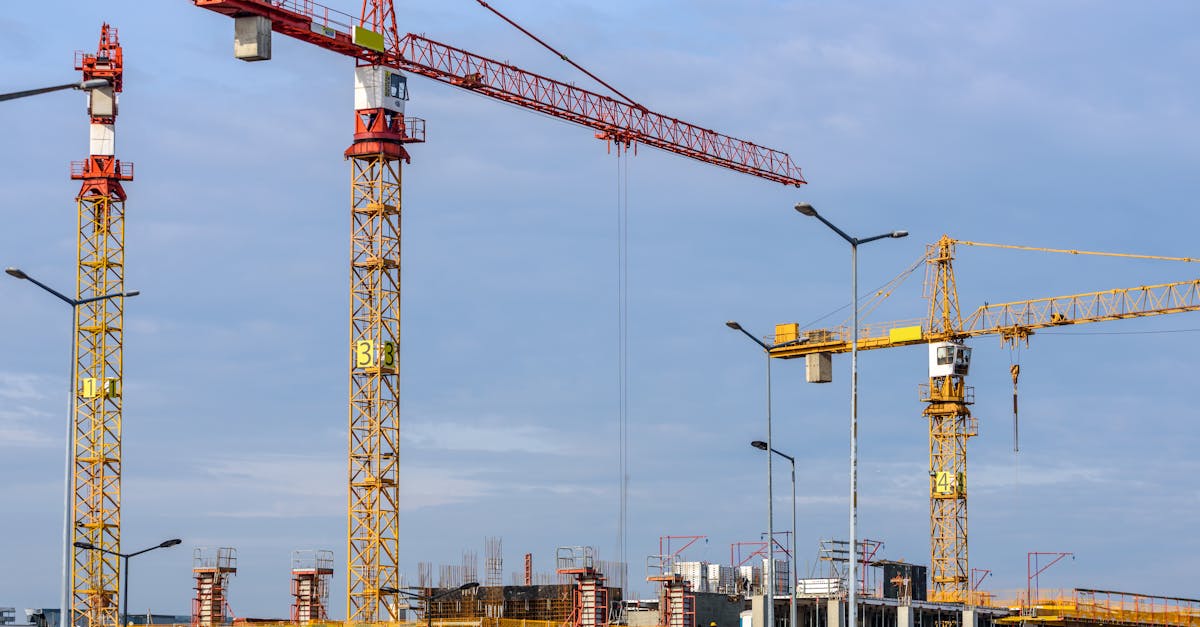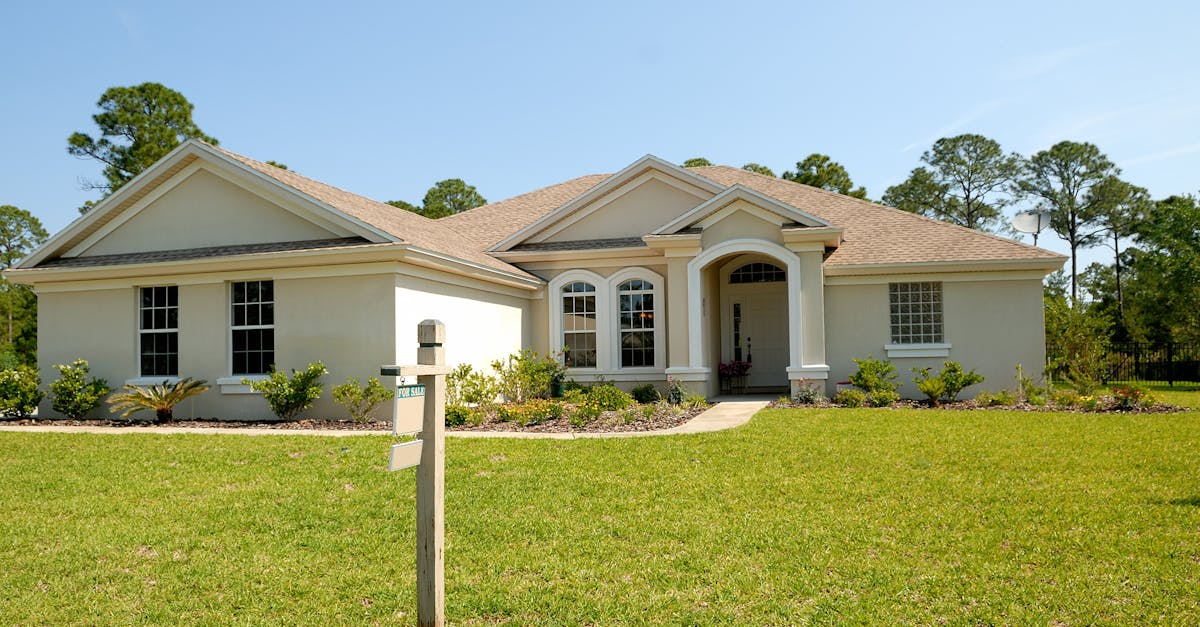Commercial Real Estate Trends Shaping The Future
Introduction
Commercial real estate is undergoing a transformation that reflects shifts in technology, economy, and societal needs. As we move further into the 21st century, the landscape of commercial real estate is being reshaped by innovative trends that promise increased flexibility and sustainability. These developments are not only altering traditional business approaches but also redefining how space is used across industries. Investors, developers, and companies are keenly observing these changes to adapt their strategies in a competitive market. From the rise of smart buildings to flexible workspaces, understanding these trends is crucial. These evolving patterns herald a promising future for commercial real estate.
Advertisement
Adoption of Smart Technologies
In recent years, the integration of smart technologies in commercial buildings has become a prevailing trend. These technologies aim to enhance operational efficiency and user experience by incorporating IoT systems and advanced analytics. Smart buildings feature enhanced energy management, predictive maintenance, and improved security systems. Equipping properties with sensors and automation responds to the growing demand for environmentally conscious and technology-driven spaces. Artificial intelligence (AI) further enables real-time data insights and optimization. Businesses can reduce costs, optimize energy use, and improve tenant satisfaction, securing their competitiveness in a tech-savvy market.
Advertisement
The Rise of Flexible Workspaces
The traditional office model is evolving as businesses embrace flexible workspace solutions. Co-working spaces, hot-desking, and hybrid models are gaining traction driven by remote work trends. Companies are motivated by the cost-efficiency, adaptability, and collaborative environments these models offer. Instead of long-term leases, firms opt for scalable spaces that can be adjusted based on headcount and projects. The increasing demand for versatile work environments reflects a broader shift toward balancing work-life needs. This flexibility also appeals to younger generations who prioritize modernity and convenience in their workplace choices.
Advertisement
Focus on Sustainability
Sustainability is at the forefront of commercial real estate as environmental concerns become paramount. Green buildings are on the rise, designed to minimize carbon footprints and comply with stringent regulations. Developers are incorporating sustainable practices such as green roofs, solar panels, and energy-efficient systems. Besides, LEED certifications and other sustainability benchmarks guide construction and operation standards. Tenants and investors increasingly demand eco-friendly environments, driving the industry to prioritize sustainable solutions. As awareness of climate change grows, the emphasis on sustainable real estate will only intensify.
Advertisement
The Impact of E-Commerce on Retail Spaces
E-commerce is significantly influencing the transformation of retail spaces in commercial real estate. As online shopping becomes prevalent, there's a noticeable decline in traditional retail-foot traffic. Physical stores are adapting by becoming experiential hubs that offer unique in-store experiences, thereby attracting customers. Retailers are focusing on omnichannel approaches, blending online and in-person shopping. The shift toward smaller, more flexible storefronts is prevalent as consumers expect convenience. Meanwhile, logistics and warehouse real estate are booming to meet increased delivery demands. This pivot underscores technology's role in reshaping consumer behavior and retail real estate.
Advertisement
Urbanization and Mixed-Use Developments
Rising urbanization is pushing for increased demand for mixed-use developments that integrate residential, commercial, and recreational spaces. Mixed-use properties offer vibrant ecosystems where individuals can live, work, and socialize. They maximize space in urban centers, promoting efficient land use and reducing commutes. Developers are targeting prime locations, creating communities with seamless access to amenities and transportation. These developments respond to the urban trend of convenience and connectivity. The innovative design of such spaces is transforming cityscapes, providing diverse opportunities for businesses and residents alike.
Advertisement
Remote Work and Its Influence on Suburban Real Estate
The growth of remote work has shifted attention to suburban areas, reflecting changing residential preferences. With employees no longer restricted to urban offices, suburban real estate is seeing a revival. More individuals seek affordable housing, green spaces, and quality of life improvements outside dense city centers. This shift is prompting new opportunities for commercial developments in suburban zones, such as smaller commercial centers, co-working spaces, and retail outlets. The increased desirability of suburban locales is introducing diverse demographics and fostering community growth, marking a substantial trend in residential and commercial real estate.
Advertisement
Supply Chain Challenges and Industrial Real Estate
Industrial real estate, including warehouses and distribution centers, plays a critical role in circumventing supply chain challenges. The global demand for on-time delivery highlights the need for strategically located logistics facilities. E-commerce and retail sectors rely heavily on efficient supply chains, amplifying the importance of industrial space. High demand for last-mile delivery operations illustrates the growing need for urban logistics centers. Developers and investors prioritize proximity to transportation networks, responding to logistical complexities. The expansion of industrial real estate is a testament to its critical role in modern commerce.
Advertisement
Technology's Influence on Market Insights
Technological advancements are revolutionizing how market insights are gathered in the real estate sector. Big data analytics are at the core of understanding market trends, tenant behaviors, and predicting property values. AI and machine learning further empower stakeholders to make data-driven decisions that align with market demands. This data revolution drives smarter investment choices, efficient property management, and targeted marketing. With technology-driven insights, real estate professionals gain a competitive edge, enabling them to adapt proactively to market fluctuations. The intersection of technology and real estate continues to present unmatched opportunities for growth.
Advertisement
Summary and Conclusion
Commercial real estate is poised for a transformative future marked by innovation and adaptability. Smart technologies and sustainable practices are at the forefront of developments. As traditional working models shift, flexible workspaces and suburban real estate gain prominence. E-commerce's rise presents both challenges and opportunities in retail and industrial domains. Mixed-use developments redefine urban landscapes, promoting integration and convenience. The real estate industry's embrace of technology ensures its evolution aligns with contemporary needs. Stakeholders who adapt to these trends will be positioned for success in an ever-evolving market landscape.
Advertisement








